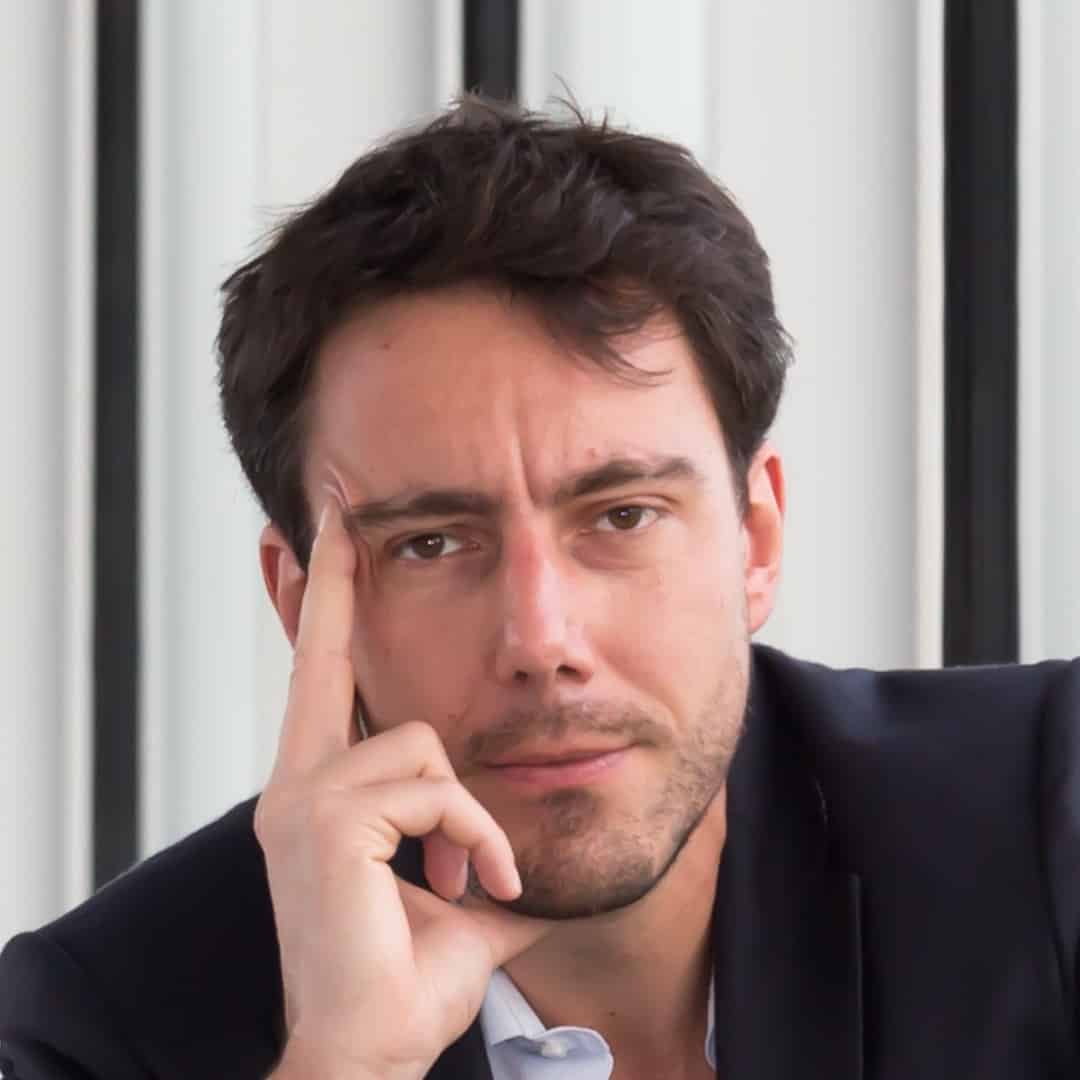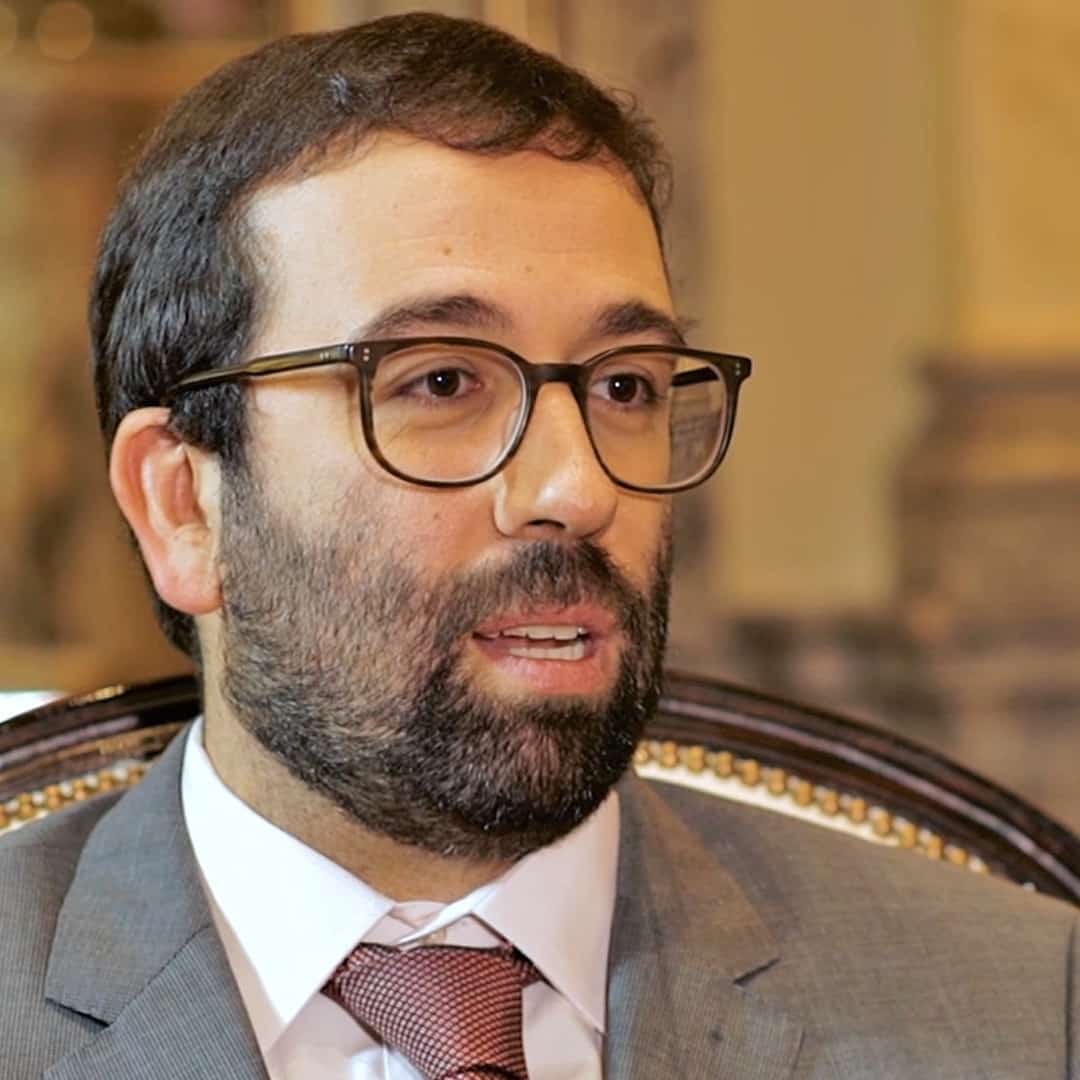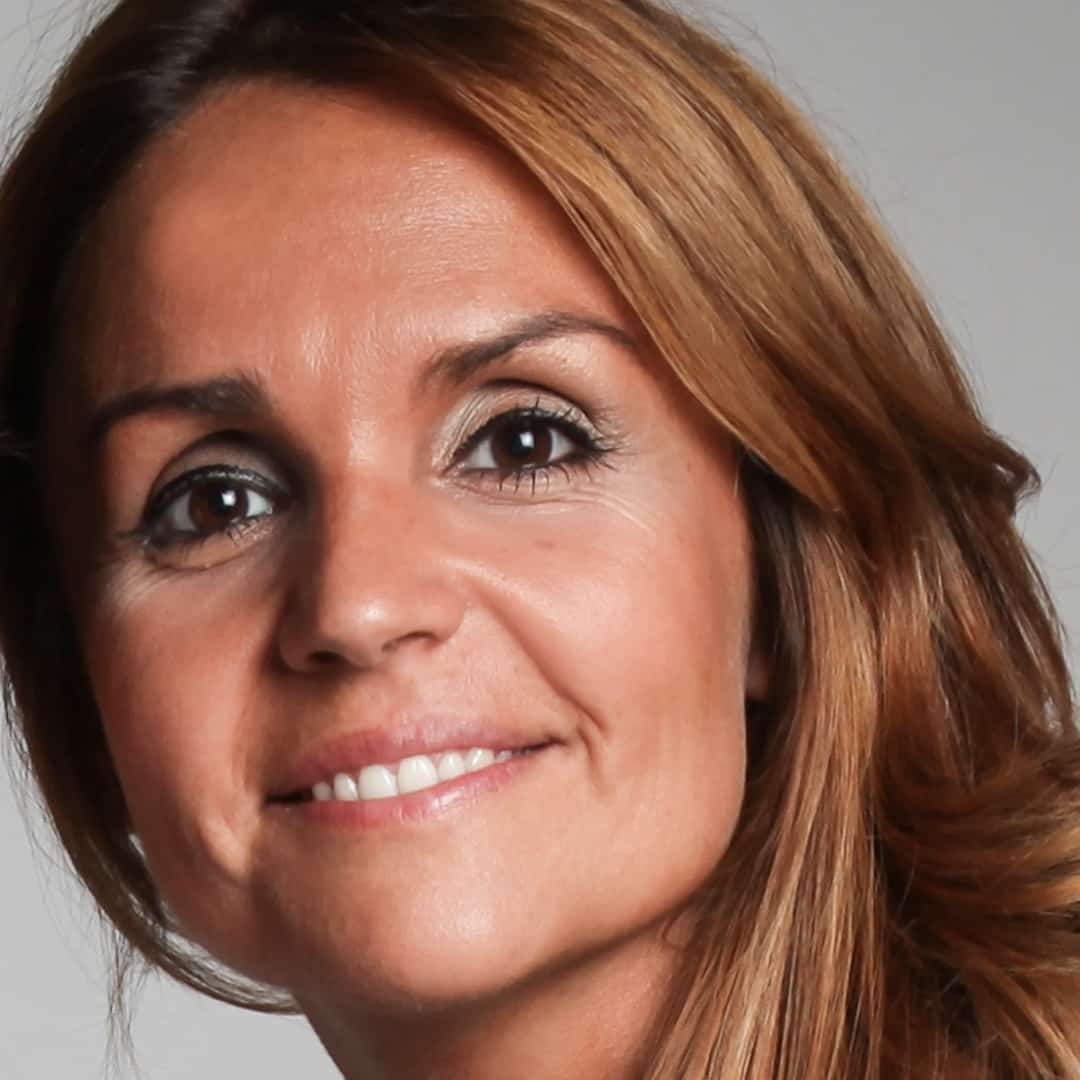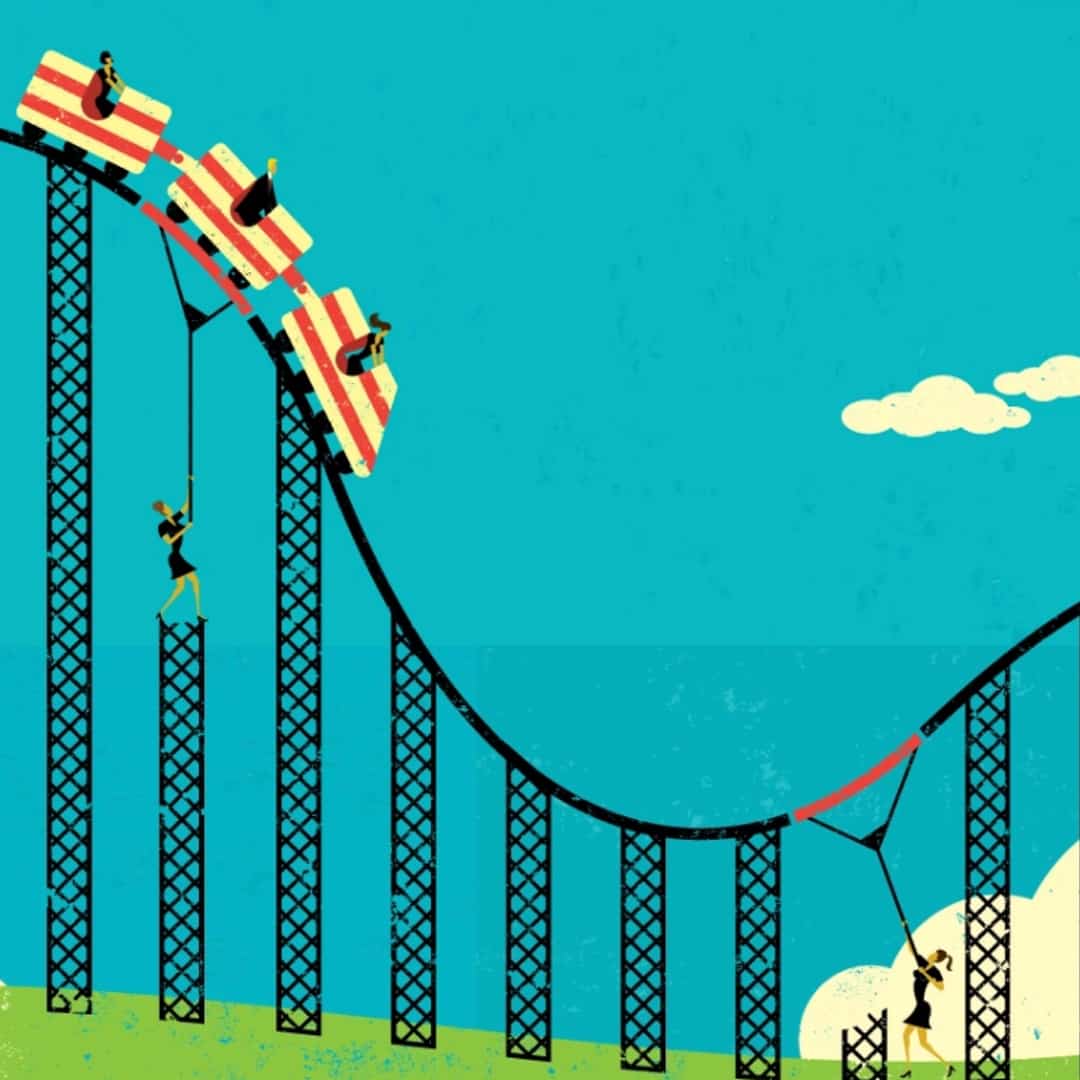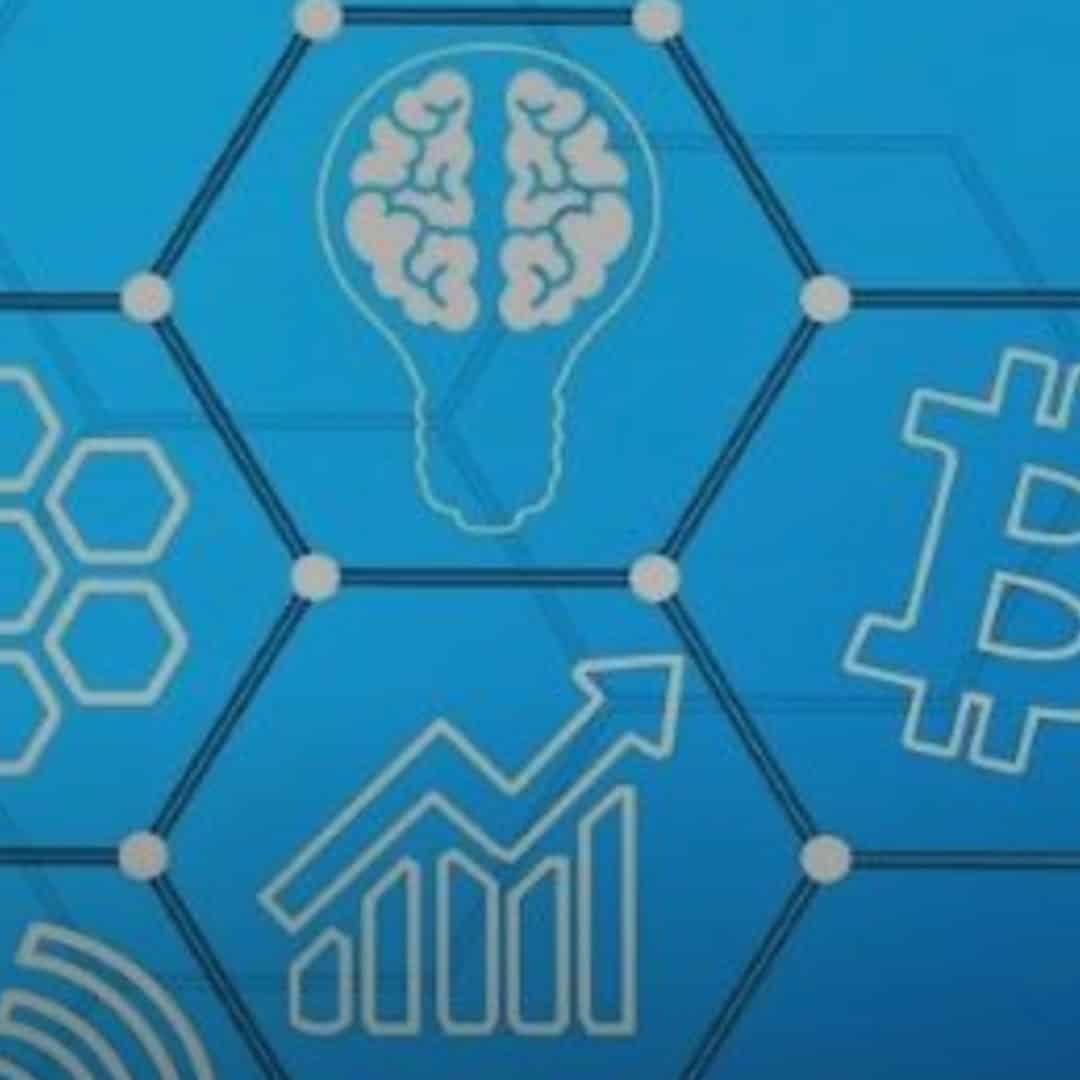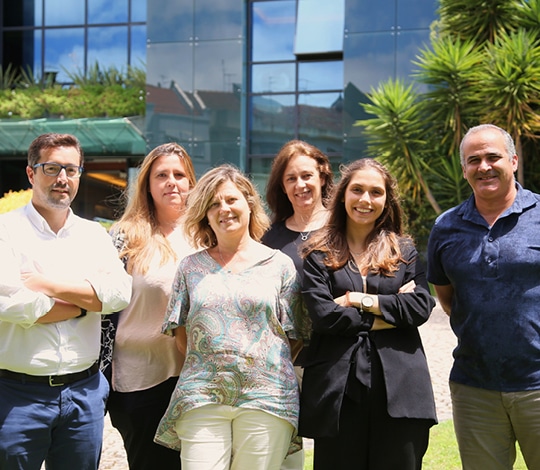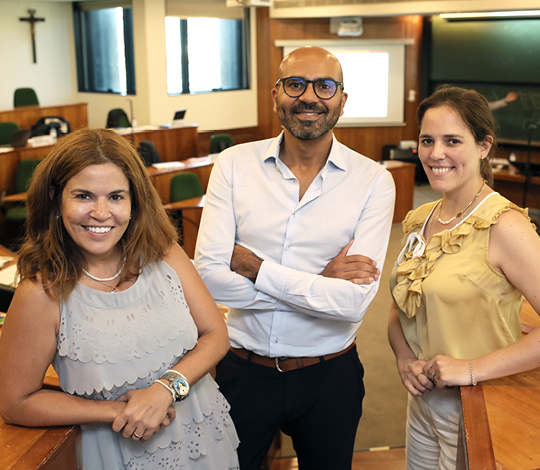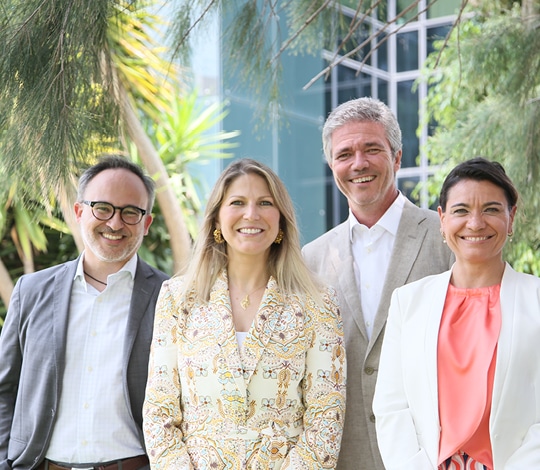Lorenzo Massa
Full Professor, Aalborg University Business School, member of the expert network (innovation) at World Economic Forum and adjunct professor at EPFL-EMBA
VUCA, the acronym of Volatile, Uncertain, Complex and Ambiguous, may be a term that has its origins in the military, but seems to be characterizing increasingly well the world we currently live in. Whether due to technological advances, climate change, geopolitical shifts, faster industry cycles, or other types of changes, uncertainty is raising everywhere.
The Covid-19 Pandemic, that has exploded in China and then progressively spread from Europe to the US all over the world, may have also contributed to increase the perception of the importance of learning how to deal with uncertainty. For companies and managers this has often manifested in the perception of the need to innovate one’s business model.
In fact, there is increasing evidence that managers, in presence of uncertainty, tend to claim that a priority for them is to innovate their business model. Surveys from the Economist Intelligence Unit or IBM, and various forms of anecdotal evidence such as interviews with senior leaders, or case studies, all confirm that. In presence of uncertainty managers tend to agree that a priority for them is the innovation of their (companies’) business models.
And yet, beyond the increasing use of this terminology, it often remains unclear what that means. What does it mean that a priority is to innovate the business model? I mean, not in general. I mean in specific terms. If business model innovation is a priority in presence of uncertainty, as it is claimed by many managers, we should find ways to think about it in specific and operational terms. Terms that would allow to think in an orderly fashion and, one the basis of that, identify the right moves.
In this article I am offering three insights, from the study of business models, business model innovation, uncertainty and complexity, that, hopefully, would offer concrete ways of thinking about business model innovation and uncertainty and illuminate a path to action.
My goal is not that one indicating a pathway that would offer precise recipes or answers to practical and or operational questions on how to approach business model innovation in presence of uncertainty for some specific firms. This would largely fall into the domain of “what to do”, which is more appropriate within the confines of a more focused advisory. Rather my goal is to inspire “How to Think” about business model innovation in relationship to uncertainty.
In this sense, the insights offered in this article are consistent with Albert Einstein provocative say “If I had an hour to solve a problem, I’d spend 55 minutes thinking about the problem and five minutes thinking about solutions.”
How to think (about the nature of the situation) may well be an important pre-condition to figure out what to do and how to do it.
Business Models and the theory of business
There are two main ways to think about business model innovation.
The classic way to think about it is as innovating the logic – or the architecture – of value creation, delivery and capture that firms employ to do business. The underlying idea is that to be successful at innovation, companies need to contemplate innovating their business model in addition to more standard dimensions of innovation, such as products and processes. This way of thinking about business model innovation has two main characteristics. First, it assumes a proactive (as opposed to reactive) move. Call it a “Blue Ocean Strategy” type of approach. Second, it is centered around creating value, or even reinventing value for the customer (as opposed, for example, to innovating a business model to stay relevant, a reactive move).
Hilti, a Liechtenstein-based manufacturer of high-end power tools for the construction industry, is often quoted as a case study illustrating this understanding of business model innovation. Hilti understood that contractors don’t make money by owning tools; they make it by using them as efficiently as possible. Under the leadership of Pius Basquera as CEO, Hilti shifted from selling its tools, to sell tool use, which implies activities such as managing its customers’ tool inventory by providing the best tool at the right time and quickly furnishing tool repairs, replacements, and upgrades, all for a monthly fee. This implies a lot of changes in activities and processes, involving new profit formulas, new challenges (related to how customers treat tools they do not own), etc. Other examples that are often quoted in business writings include Ryanair (low-cost business model), Ikea (modular, build-it-yourself, furniture) or Apple (with iPod and iTunes), just to mention some popular and recurrent examples. They are used as examples of companies that were able to successfully undertake business model innovation and, in doing so, reinvented value for customers, creating fundamentally new value propositions and growing their business proactively.
However, this is not the most appropriate way to think about business model innovation in relationship to uncertainty.
Consider Sicpa, a Lausanne (Switzerland) headquartered company founded in 1927, developing and selling security inks for banknotes. For almost a century Sicpa has been one of the leading companies in this niche market. Today the company employees more than 3000 workers, between managers, staff and scientists (mostly in chemistry and chemical engineering) and has offices in more than 30 countries. Sicpa may well represent a case of a company in serious need of business model innovation. Digital payments are increasingly moving from niche to mainstream in many countries. Managers are Sicpa knows this, and they are also aware that such a change is particularly troublesome, as it will result in destroying the value of the company’s current competencies (for example in chemistry and chemical engineering) in relationship to the secure payment market. While change will most likely happen, there are many unknowns, or a lot of uncertainty. What to do with the current business? What will the dominant technology be? Who will control it? How central banks will regulate? Etc.
While the more standard way to think about business model innovation is as innovating the architecture of value creation, delivery and capture that a company employs, there is a second, rarely discussed and perhaps not even fully recognized, possible understanding, as the “known way of doing things”. In many cases, such as the one illustrated by Sicpa, the claim that “business model innovation is a priority” stands for a metaphor of the idea that “the known way of doing things is going to be probably no longer valid in the future, but we do not know how or when”. From a managerial standpoint, it is the surface manifestation of the perception of a challenging and perhaps even unpleasant situation. It refers to the situation in which management feels or perceives that – largely because of external changes – the known way of doing things is soon going to be no longer sufficient, but at the same time, that the timing and direction of change is highly unclear. While Sicpa may represent an extreme case, many companies across different industries, such as Maritime Shipping (Blockchain and multisided platforms potentially disintermediating shipping brokers), Banking (fin-tech), Insurance (Insure-Tech), find themselves in a similar situation. Managers know that “what the company knows” and the current way of doing business is potentially short lived. But what management does not know is the direction of change and when to change.
This is the appropriate way of thinking about business models in presence of uncertainty, which is as the “known way of doing things”, the (often implicit) theory of how to do business, that was inherited from the past until today. The future may be calling for a new way of doing things – different from the current one. And yet nobody knows which one or when.
Unlearn your business model
The idea that an existing business model may stand for the “known way of doing things” corresponds to the idea business model are not only manifested in the activities that a company does (what it sells, who it sells to, how customers are reached, how offerings are priced, how money are collected, etc.) but also as the overall “mental models” encapsulating, often in the form of rules of thumb, the wisdom of a company, what a company knows. You can think about this as a high-level aggregate on what a firm has learnt and, over time, retained about how business in a given market.
Because this knowledge is implicit and tacit (as opposed to explicit) and transmitted and constantly revitalized inside the company by mean of phrases and rules of thumb (for example, “the best software is the software we understand”), it is rarely questioned or evaluated. Even employees who have been working for a long time in the same organization may have forgotten the early days in which they had to socialize to the company and familiarize with the different rules capturing the “known way of doing things”. Because they were new to the company, they could more clearly distinguish the rules of thumbs, phrases and even assumptions beyond the way the company operated. But after some time in the company, these rules no longer look new. They become taken for granted.
This is an issue. It means that new opportunities are constantly evaluated using the mental model offered by the “known way of doing things”, which is never questioned. But if the known way of doing things is what is under pressure, then keep looking at the future using the same “pair of glasses” can be source of myopia.
Research in management has provided evidence of the power of this mental model, which is often referred to as the “dominant logic” or a “theory of the business”. Xerox, for example, failed to recognize the value in many of the inventions created at its Palo Alto research Center (PARC). In a study of 35 technology spin-offs that commercialized technology emanating from PARC over a period of 20 years, it was found that Xerox’s management consistently and implicitly evaluated the technical and economic potential of spin-off companies from PARC through its well-established business models, based on leasing, that had worked well for mechanical copiers. Technical inventions from PARC that did not fit Xerox’s core logic of doing business tended to be perceived as less promising, and were eventually rejected or underfunded. In many cases, however, these same inventions became success stories when their relative inventors and contributors attempted to exploit their market potential independently of Xerox.
Similalry, Polaroid—a successful chemical-based photography firm—failed in the face of digital photography because Polaroid management’s mental model were strongly influenced by the firm’s very profitable razor-and-blade business model for creating and capturing value in the chemical photography era (cheap cameras, expensive film). A seminal study by on incumbent failure, it was found that because of the attachment to the “known way of doing things”, the firm’s managers had a very difficult time making decisions that were favorable to the newer business models dictated by the newer and disruptive digital photography technologies (expensive cameras, no need for film), which was also in conflict with the old one.
These may be iconic, even extreme examples, but their message is clear. To innovate a business model one needs to unlearn the existing one to prevent the problems that arise when everything is contemplated through the “known way of doing things” which, by definition, corresponds to the “past way of doing things”. Thinking “out of the box”, may well require acknowledging the existence of the box, and question it. One way to do that, is by making the taken for granted knowledge, embedded in rules and relative assumptions, explicit and asking what if questions. For example, acknowledging that “we take it for granted that what customer want is X” or that “the way to make money is Y” or even that “the best software is the software we understand” and ask: what (do we see) if we reject such rules? There are several possible ways to do that. One is using tools to map the current business model so as to progressively bring to the surface the relative assumptions. More sophisticated approaches would require conducting research with the help of external observers or consultants that will come with fresh eyes to the company.
Manage to “discover” the new business model
Unlearning your existing business model is only a necessary, non-sufficient condition. The next step it to figure out what to do. The problem is that many companies try to figure out what to do by using the same management approaches and operating models that the company uses to manage their current business. This is a problem because, to quote Professors Ian MacMillan and Rita McGrath, “you cannot manage what you do not know the same way you manage what you know”. And the reason is pretty simple. When you manage what you know, which is your current business, the ratio of knowledge to assumption is pretty high. In other words, you know a lot of things. Standard decision making, for example based on planning, projections and risk management, works decently well. However, this is not the situation one encounters in presence of high uncertainty.
Uncertainty means that one has a lot of assumptions (or unknowns) and relatively few facts. Standard operating models that work well in presence of facts and knowledge are in trouble. But many companies, at least in Europe, try to manage what they do now know the same way they manage their current business, often ignore the difference between the two. This creates a lot of dysfunctional behavior. For example, many organizations manage their businesses largely on the basis of an annual planning cycle. They decide things at the beginning of the fiscal year and then they manage in relationship to the established annual objectives and cost limits. But annual planning cycles work well when one can reliably predict the future. And this ability is directly related to operating within the boundaries of what one knows. When a company is moving outside the boundaries of what it knows, for example when Sicpa tries to figure out what to do in relationship to digital payments, standard operating models do not work well anymore. What a company needs to do is to identify the unknowns (a classic way being by asking questions such as “what would have to be true for this to be a good idea?”) and manage to move as many unknowns as possible into facts, by experimenting, conducting tests and engaging in what many have referred to as discovery driven planning. This is a fundamentally different way of operating.
Consider Barilla, the Italian family-owned multinational company, which is the world’s largest pasta producer, producing and selling pasta in more than 120 shapes and sizes. In 2017, Barilla introduced to the market the Legumotti—a new type of pasta made with flour from legumes, largely to meet parents unfulfilled need to find a way to feed their children with legumes without complains. Legumotti represented a successful case of innovation that did not involve challenging what Barilla knows, rather it capitalized on it. Barilla knew how to package, how to price, how to advertise and how to sell the product, mostly via grocery stores and grocery chains with whom Barilla had consolidated relationships over long time. Almost at the same time, a team in the company developed the idea of Cucina Barilla. Largely inspired by the model successfully deployed by Nestlé with Nespresso—an elegantly designed machine-and-pod coffee concept for making espresso—Cucina Barilla is based on a new oven, made by partner company Whirlpool, and a range of kits designed and produced by Barilla. The kits contain the ingredients for cooking many dishes, such as pasta, risotto, bread, pizza, focaccia, and cake. Each kit has an RFID barcode: after the sensor scans the label, the oven recognizes the kit and automatically sets the cooking procedure and timing. Kits are purchased online via a subscription model. Cucina Barilla offers tasty, extremely easy to cook dishes. Unlike Legumotti, however, Cucina Barilla challenges what the companies knows. As a matter of fact, the exploitation of Cucina Barilla introduces a lot of unknowns. For example, sales channels are different (online sales versus grocery chains), revenue streams are different (subscription model versus pay per product), and the product itself is very different (oven produced by third parties with kits produced by Barilla versus pasta products produced and sold by the company). Realizing the new offering for Cucina Barilla means facing a situation in which the cpmpany has relative few facts (knowns) and high amount of assumptions (unknowns). For example: How to sell online? How would customers respond to a subscription model? How to price? How to manage the relationship with Whirpool? In short, this corresponds to facing uncertainty. The example illustrates that even in the case of a proactive move to innovate, as it is with Cucina Barilla, a company may find itself having to manage what it does not know about. Uncertainty may be even stronger when change is projected in the future, as when realizing that the current business model is going to be, at some point, no longer valid.
Managing effectively in presence of uncertainty means to bring into place operating models that would allow to diligently formulate hypothesis relatively to the different unknowns and conduct tests and experiments to move as many of them as possible into facts to progressively discover what works. In short, it means to “fail fast and cheap” in order to maximize learning, while reducing the costs of being wrong, which one will certainly be given the high level of uncertainty.
As mentioned, this is difficult because many companies are not truly structured to do that. If the focal company is heavily relying on more normal operating models related to managing their traditional business, then chances are that the focal firm is not truly structured for effectively handling high uncertainty. A surface manifestation of what I am suggesting is perhaps represented by the recent virtual explosion of interest in techniques such as agile, lean startup, design thinking and startups in general. The reason companies are increasingly interested in these techniques is that they all have been developed, among other things, in relationship to innovation. And innovation brings uncertainty, by definition. Which is, these techniques work well in presence of uncertainty. In fact, that is common among them. is that, at the core, they are iterative method which put a premium on learning fast and cheap.
***
Businesses across industries increasingly find themselves in need to constantly innovate their business model. The need to innovate has always been part of the conduct of business. But while in the past innovation may have been better characterized as an episodic event, today it has become a daily activity.
The Covid-19 Pandemic may have accelerated the process, creating even more uncertainty and making it more evident that hoping for continuing business as usual, now or in the future, at least for some sectors and/or areas of business, may be potentially risky. Perhaps more importantly, it can preclude the ability to identify innovation opportunities coming from the new state of affairs.
Knowing upfront what will be the new way, the new business model, is very difficult if not even impossible. What you can do it to start thinking rigorously about business model innovation, unlearn your current business model and integrate the capabilities, techniques and methods to progressively discover your new business model.
In reality there are three possible interpretations for business models, not two. These are business models as properties of real firms, as mental models and as formal models. This distinction is discussed in Massa, L., Tucci, C. L., & Afuah, A. (2017). A critical assessment of business model research. Academy of Management Annals, 11(1), 73-104. For the purposes of the present manuscript it is sufficient to simplify to two. This will also avoid complicating things, by entering into the discussion of formal and visual representation of the business model, for example see: Massa, L., & Hacklin, F. (2020). Business Model Innovation in Incumbent Firms: Cognition and Visual Representation. In Business Models and Cognition. Emerald Publishing Limited.
E.g., see Johnson, M., Christensen, C., & Kagermann, H. 2008. Reinventing your business model. Harvard Business Review, 86(12): 51–59.
Massa, L., & Tucci, C. (2021). Innovation and Business Models: None. In Oxford Encyclopedia of Business and Management. Oxford University Press. Oxford Encyclopedia of Business and Management
Prahalad, C. K., & Bettis, R. A. 1986. The dominant logic: A new linkage between diversity and performance. Strategic Management Journal, 7: 485–501.
Drucker, P.F. (1994). The theory of the business. Harvard Business Review, 72, pp. 95–104.
Chesbrough, H. W., & Rosenbloom, R. S. 2002. The role of the business model in capturing value from innovation: Evidence from Xerox corporation’s technology spin-off companies. Industrial and Corporate Change, 11: 529–555.
Tripsas, M., & Gavetti, G. 2000. Capabilities, cognition, and inertia: Evidence from digital imaging. Strategic Management Journal, 21: 1147–1161.
Outros artigos da edição de 15 de abril do AESE insight
Estudio del IESE sobre el impacto de la COVID-19 en el sector de alimentación y bebidas
Adrián Caldart, Presidente do Conselho Académico da AESE Business School e Professor de Política de Empresa do IESE Business School
Portugal e os Fundos Europeus, afinal o que vem aí para as empresas?
Cristina Ferreira, Managing Partner at PAHLCONSULTING e Alumna Executive MBA AESE/IESE
Podemos produzir eletricidade para o resto da Europa
Pedro Amaral Jorge, Presidente APREN e Alumnus Executive MBA AESE
Nunca a importância da Ciência foi tão clara para a população quanto no último ano
Patríca Relvas, Iberian Region Business Controller Cereal Partners Worldwide, Nestle & General Mills e Alumna do Executive MBA AESE/IESE
How to Prevent the Return to Offices From Being an Emotional Roller Coaster
Liz Fosslien and Mollie West-Duffy, MIT Sloan Management Review
NFTs Explained: What They Are and Why They’re Selling for Millions of Dollars
Luke Heemsbergen, SingularityHub

